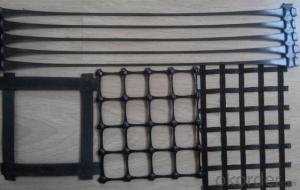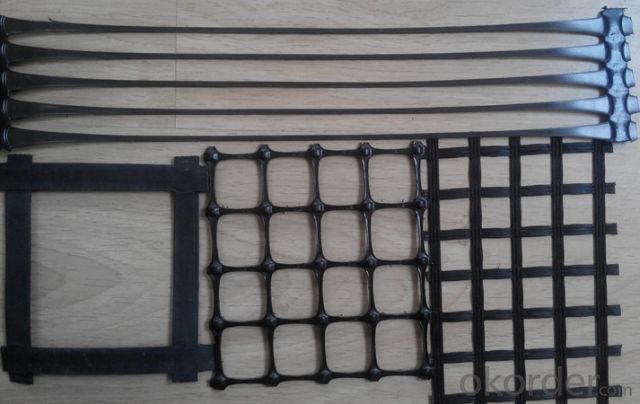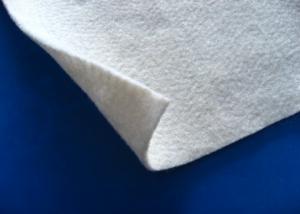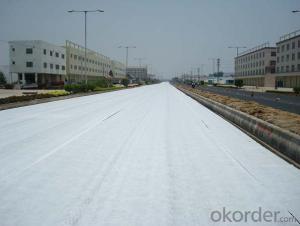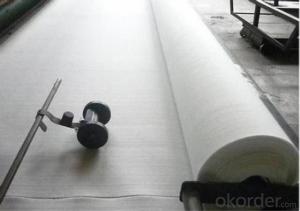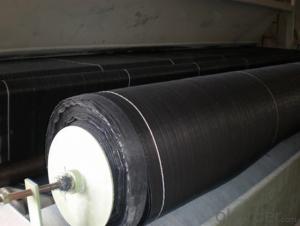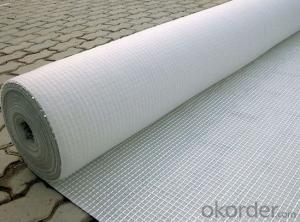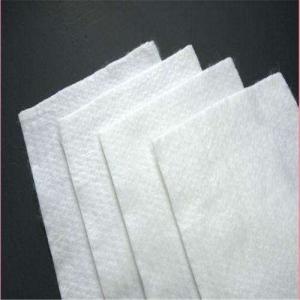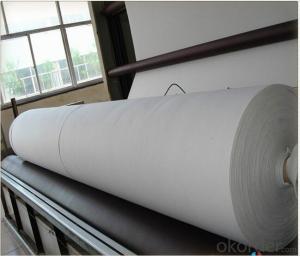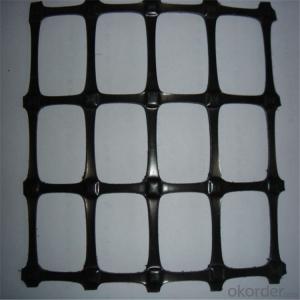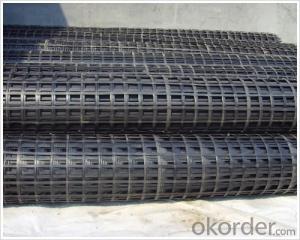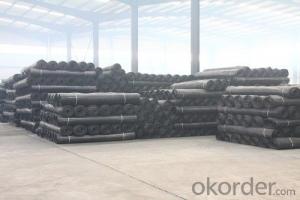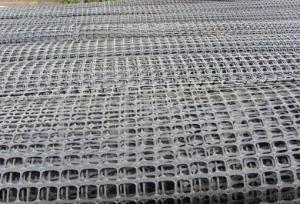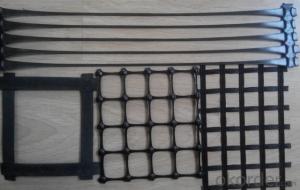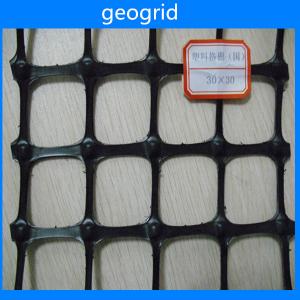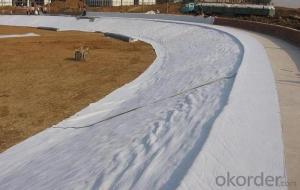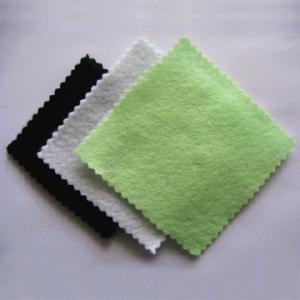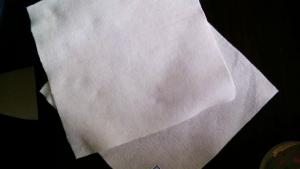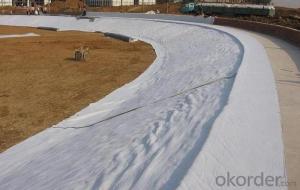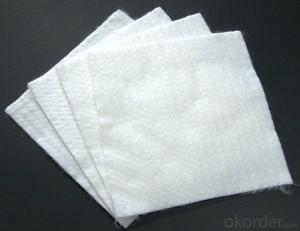High Tensile Plastic PP Biaxial Geogrid with Jute Geotextiles
- Loading Port:
- China Main Port
- Payment Terms:
- TT OR LC
- Min Order Qty:
- -
- Supply Capability:
- -
OKorder Service Pledge
OKorder Financial Service
You Might Also Like
Packaging & Delivery
| Packaging Detail: | Woven Geotextile 50m 100m/roll or as your demand |
| Delivery Detail: | within 15 days after receiving the deposit |
Specifications
pp geogrid
1. Used for road costruction.
2. Preventing cracking and subsiding
3. biaxial direction
Index Properties | Test Method | Unit | GG1515 | GG2020 | GG3030 | GG4040 |
MD TD | MD TD | MD TD | MD TD | |||
Polymer | -- | -- | PP | PP | PP | PP |
Minimum Carbon Black | ASTM D 4218 | % | 2 | 2 | 2 | 2 |
Tensile Strength@ 2% Strain | ASTM D 6637 | Kn/m | 5 5 | 7 7 | 10.5 10.5 | 14 14 |
Tensile Strength@ 5% Strain | ASTM D 6637 | Kn/m | 7 7 | 14 14 | 21 21 | 28 28 |
Ultimate Tensile Strength | ASTM D 6637 | Kn/m | 15 15 | 20 20 | 30 30 | 40 40 |
Strain @ Ultimate Strength | ASTM D 6637 | % | 13 10 | 13 10 | 13 10 | 13 10 |
Structural Integrity | ||||||
Junction Efficiency | GRI GG2 | % | 93 | 93 | 93 | 93 |
Flexural Rigidity | ASTM D 1388 | Mg-cm | 700000 | 1000000 | 3500000 | 10000000 |
Aperture Stability | COE Method | mm-N/deg | 646 | 707 | 1432 | 2104 |
Dimensions | ||||||
Roll Width | -- | M | 3.95 | 3.95 | 3.95 | 3.95 |
Roll Length | -- | M | 50 | 50 | 50 | 50 |
Roll Weight | -- | Kg | 39 | 50 | 72 | 105 |
MD denotes Machine direction. TD denotes transverse direction. | ||||||
- Q: Is LDPE a geotextile or geomembrane? Answer!
- LDPE refers to the material, geomembrane LDPE material. Is a low-density poly-single-pole pole Li put pad lice bite of styrene made of geomembrane Huazhi geotextile material manufacturers
- Q: Are geotextiles commonly used in canal lining applications?
- Yes, geotextiles are commonly used in canal lining applications. Geotextiles provide excellent erosion control and filtration properties, making them an effective solution for preventing soil erosion and maintaining the integrity of canal linings.
- Q: 250 grams of two cloth a film 0.8 thick geotextile what price
- 250 grams of two cloth a film 0.8 thick geotextile per square meter between about 10 yuan -13 yuan, the current price is the lowest in recent years.
- Q: How to apply the geotextile of the retaining wall filter
- Our manufacturer, a professional construction team
- Q: How do geotextiles affect air quality?
- Geotextiles do not directly impact air quality as they are primarily used for soil reinforcement, filtration, and drainage purposes in construction and landscaping projects. However, their use can indirectly contribute to better air quality by reducing soil erosion, preventing the release of dust particles into the air, and improving overall environmental sustainability.
- Q: Project, what is the use of permeable geotextile?
- Used in places where it is necessary to isolate other contaminants but not water. Such as upstairs that the road maintenance, such as the installation of PP storage pool or seepage one-piece grid.
- Q: Specification for Lap Length of Geotextile with Two Cloth
- 10 cm or so can be, collar Xiang new materials for your answer
- Q: Geotextile cloth can be set what amount of emergency!
- 02,04 Quotations Chapter 9 Geotextile Layers
- Q: Can geotextiles be used for filtration of contaminants in water?
- Yes, geotextiles can be used for filtration of contaminants in water. Geotextiles are permeable fabrics that can effectively filter and separate particles, including pollutants, sediment, and other contaminants, from water. They are commonly used in various applications such as wastewater treatment, stormwater management, and erosion control to improve water quality by removing harmful substances.
- Q: How do geotextiles help in preventing soil erosion in agricultural fields?
- Geotextiles help in preventing soil erosion in agricultural fields by acting as a barrier between the soil and external forces such as wind and water. They stabilize the soil by reducing surface runoff, preventing sedimentation, and promoting the growth of vegetation. Geotextiles also enhance filtration and drainage, allowing water to flow through while retaining soil particles, thus minimizing the risk of erosion.
Send your message to us
High Tensile Plastic PP Biaxial Geogrid with Jute Geotextiles
- Loading Port:
- China Main Port
- Payment Terms:
- TT OR LC
- Min Order Qty:
- -
- Supply Capability:
- -
OKorder Service Pledge
OKorder Financial Service
Similar products
Hot products
Hot Searches
Related keywords
